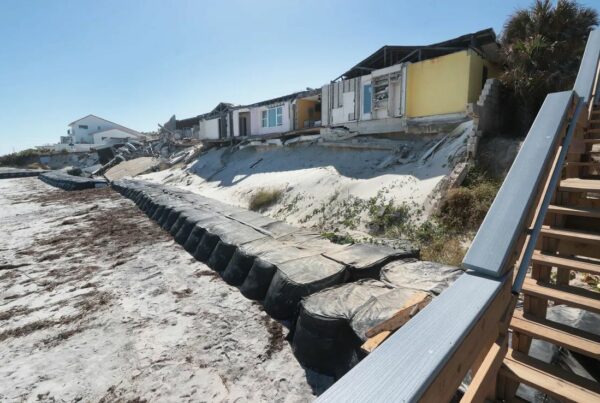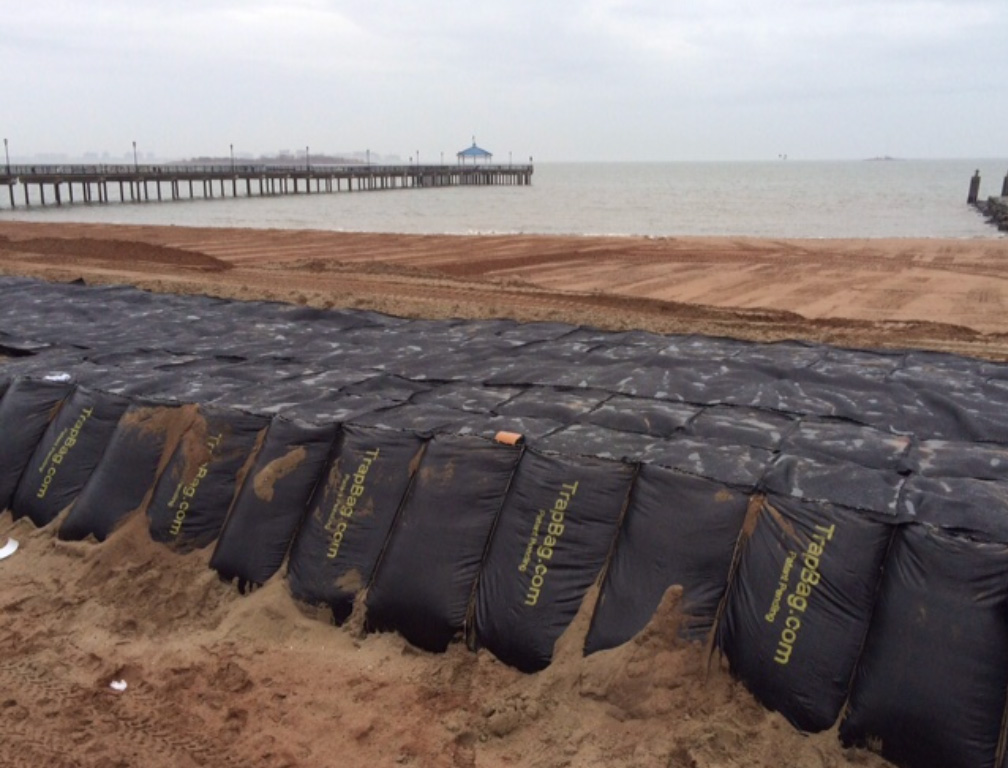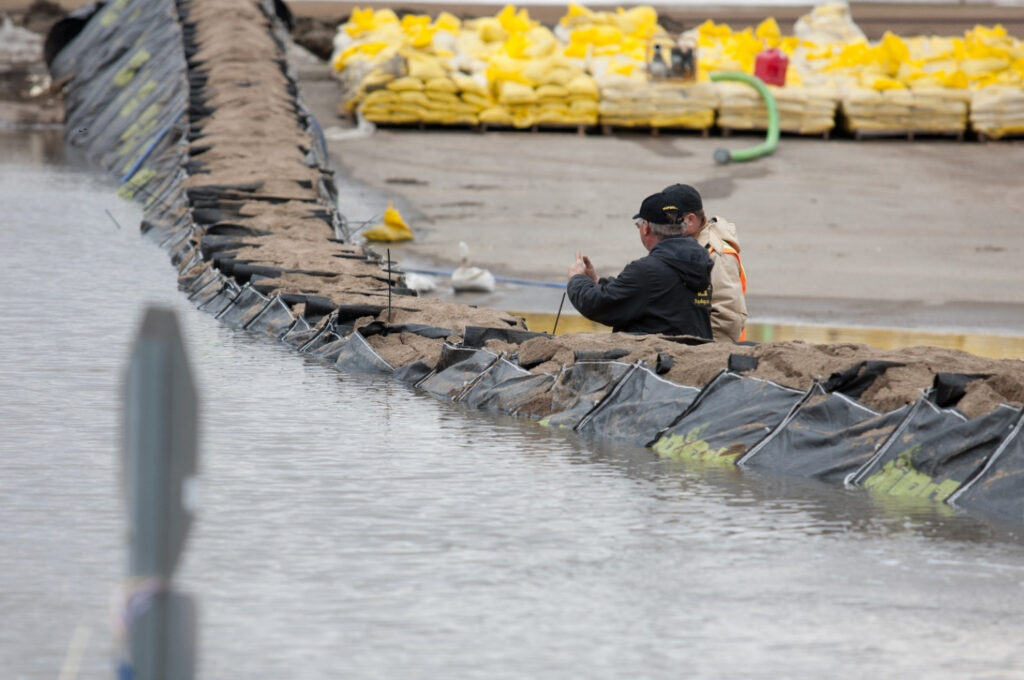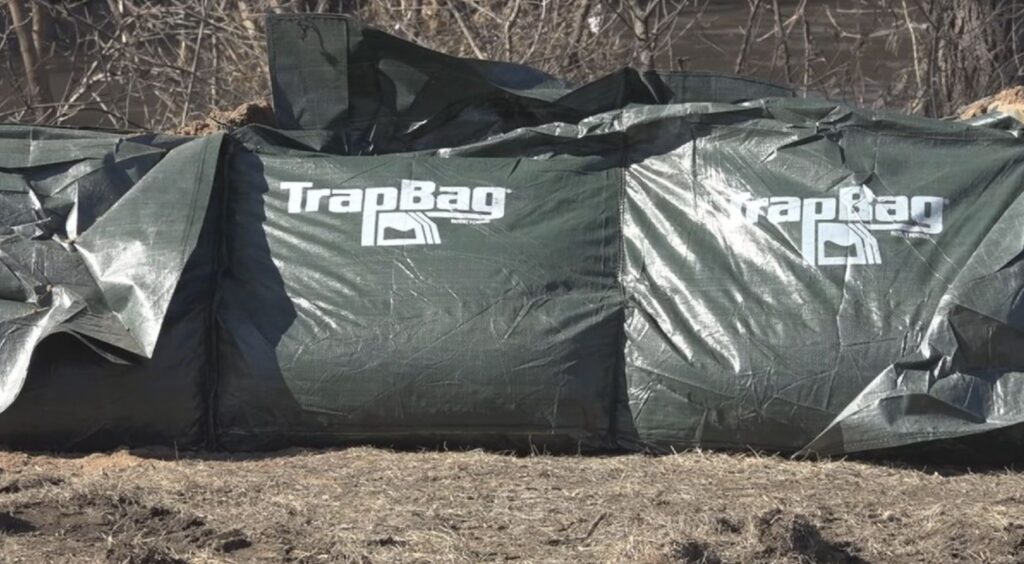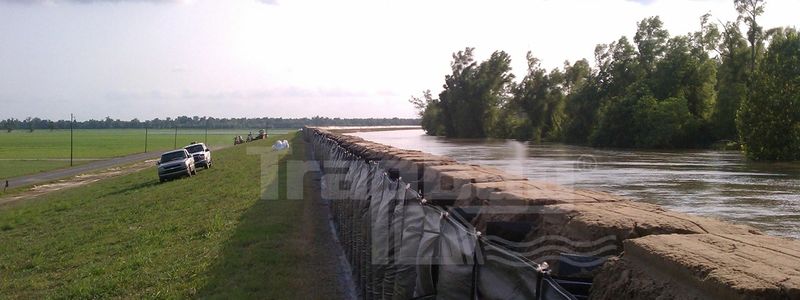Using TrapBag for Stormwater Management Systems
Stormwater management is a necessary part of almost any project and can reduce the environmental impacts of human activities like construction. They prevent polluted stormwater from running off into the sewer system or water supply and overwhelming them.
TrapBag is a low-cost, rapidly deployable barrier that can detain stormwater in a temporary pond. Like sandbags, TrapBag barriers are fast and affordable solutions for creating stormwater management options. Unlike sandbags, they’re structurally engineered to be highly efficient, easy to deploy, and offer a tough, continuous barrier to hold back your stormwater runoff.
How TrapBags Are Deployed for Stormwater Containment
TrapBag can be deployed in a fraction of the time other types of stormwater management systems require, including sandbags. It’s also a stronger system that offers better leak resistance than other traditional structures because of its cellular design. Their unique design has been successfully tested by the U.S. Army Corps of Engineers to prevent damage from catastrophic flooding. It can act just as effectively as a dam or levee as it does a stormwater management system.
The barrier can be set up in just a few simple steps:
-
Open the packaging: TrapBag barriers come folded up on a pallet. Pull them out like an accordion and stretch them up to 50 linear feet per unit.
-
Place the barrier where you need it: Place the TrapBag barrier where you need it, including in the water surrounding your new work site.
-
Fill the cells: A team of three people and an excavator or skid steer can fill your TrapBag barrier with sand, washed gravel, or concrete.
Who We Serve
TrapBag provides solutions for flood protection, erosion control, and stormwater detention to all types of industries and organizations.
Municipalities
Stormwater retention basins are essential for city water, public works, and street departments to keep stormwater out of city water supplies.
Learn More »Construction
Laws and regulations require firms to have a construction stormwater management plan to detain their site’s stormwater so they don’t accidentally introduce it to the water supply.
Learn More »Industrial applications
For mining operations and other industrial activities, stormwater containment products allow them to trap industrial wastewater and keep toxic chemicals and waste out of the water supply.
Learn More »Civil engineering
Working in tandem with construction crews, civil engineers can construct stormwater detention ponds to keep untreated stormwater and runoff from leaving the construction site.
Learn More »Projects
How TrapBags Compare to:
Sandbags are among the most flexible solutions for keeping water away from where you don’t need it. They’re also relatively affordable and can be stacked to create a makeshift detention pond for short-term projects.
However, sandbags have a larger margin of error and are more likely to collapse than other stormwater detention ponds. TrapBag reduces that margin of error by creating a leak-resistant space for enclosing stormwater and keeping it away from the environment.
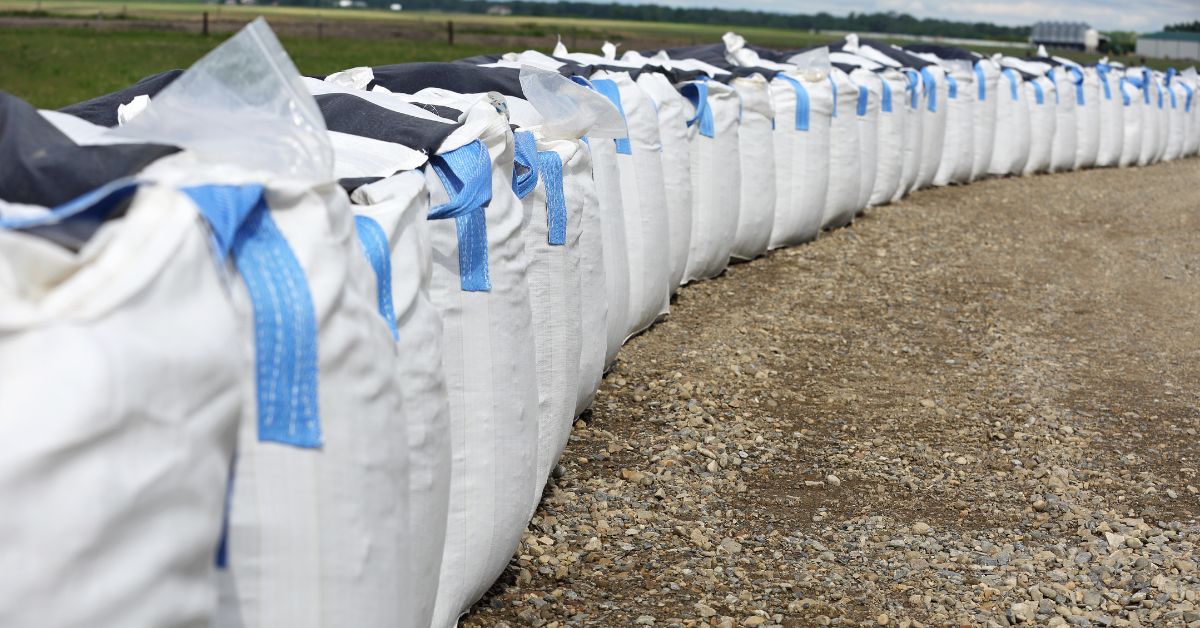
Permanent stormwater retention ponds can keep stormwater out of neighboring lakes, rivers, and other bodies of water, making them an ideal municipal stormwater management solution.
However, permanent stormwater detention basins aren’t ideal for all situations. For example, temporary construction projects might not warrant creating a permanent detention basin. They can also be more expensive than other temporary stormwater solutions. TrapBag is practical for temporary stormwater detention plans because it can be easily disposed of after the project has concluded.
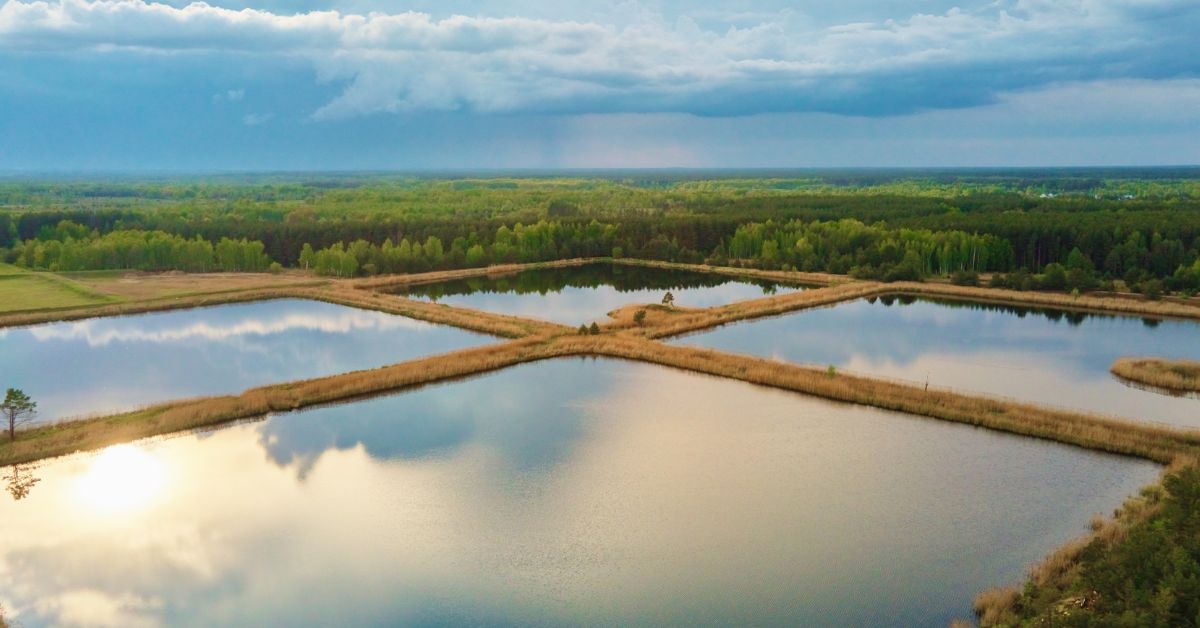
Why Choose TrapBag for Stormwater Management Plans?
TrapBag was first designed in 2004 by our founder, Everett “Buzz” Waid, as an all-around improved alternative to traditional flood control solutions after a hurricane devastated his Florida community. Since then, we’ve found that TrapBag makes an effective barrier for both keeping water out and trapping it in—including stormwater retention ponds.
TrapBag improves on the traditional design of sandbags for stormwater detention. One 100-foot section of TrapBags replaces 8,000 sandbags while using 40% less fill material. They also have a lifespan of at least five years and have withstood mudslides and mudflows, catastrophic floods, and almost any other extreme weather Mother Nature has in store.
Our dedicated staff also wants to ensure you can get the job done right, every time. Our team is here to help 24/7 across multiple countries and continents.

